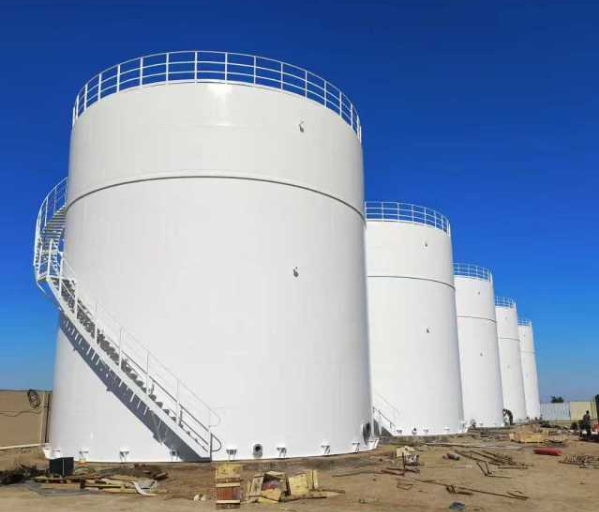High-Performance Coatings for Power Plants: Selection and Application Guidelines
Power plants operate under extreme conditions, including high temperatures, corrosive chemicals, moisture, and mechanical abrasion. Protective coatings are critical to ensure the longevity, safety, and efficiency of equipment such as boilers, pipelines, turbines, and structural steel. This article outlines the key requirements, types of coatings, and best practices for selecting and applying paints in power generation facilities.
1. Key Requirements for Power Plant Coatings
Heat Resistance: Withstand temperatures up to 600°C (e.g., boiler surfaces, exhaust systems).
Corrosion Protection: Resist chemicals (e.g., sulfuric acid, chlorides), moisture, and salt spray.
Abrasion Resistance: Protect against mechanical wear from coal, ash, or particulates.
Electrical Insulation: Prevent conductivity on electrical components.
Fire Retardancy: Meet fire safety standards (ASTM E84, UL 94).
Environmental Compliance: Low VOC (volatile organic compounds) and adherence to EPA regulations.
2. Coating Types and Applications
A. High-Temperature Zones (Boilers, Ducts, Chimneys)
Silicone-Based Paints:
Withstand 200–600°C.
Example: Silicone alkyds for smokestacks.
Epoxy Phenolic Coatings:
Excellent thermal stability (up to 260°C) and chemical resistance.
Used in flue gas desulfurization (FGD) systems.
B. Corrosive Environments (Pipelines, Tanks)
Epoxy Coatings:
Two-part epoxy systems for immersion service (e.g., water treatment tanks).
Resistant to acids, alkalis, and solvents.
Polyurethane Topcoats:
UV-resistant finishes for exterior steel structures.
C. Coal Handling and Ash Areas
Abrasion-Resistant Epoxy:
Reinforced with ceramic or quartz additives for coal chutes and hoppers.
Coal Tar Epoxy:
High build coatings for buried pipelines or ash slurry tanks.

